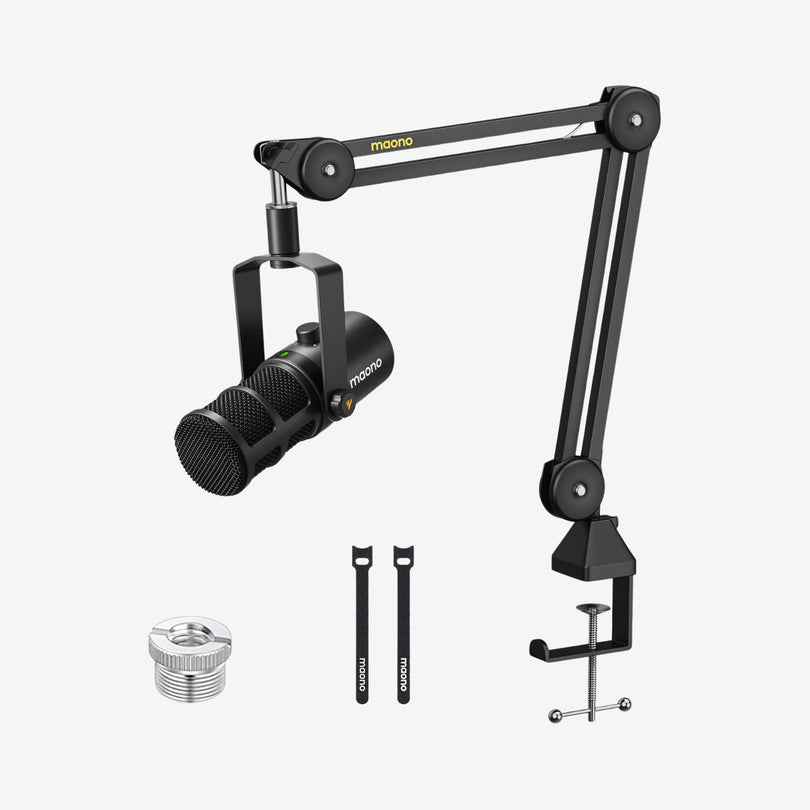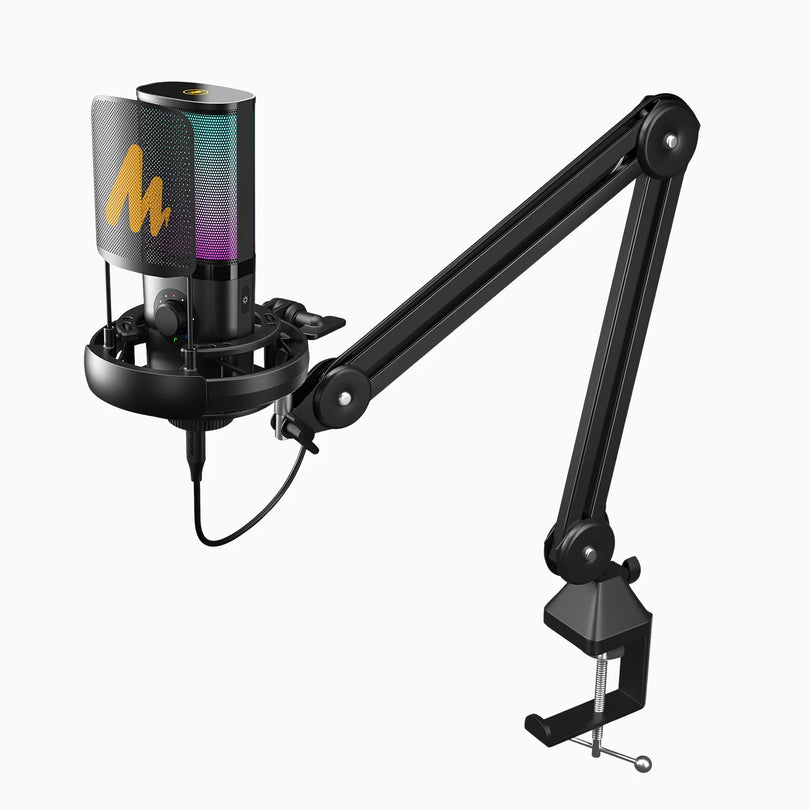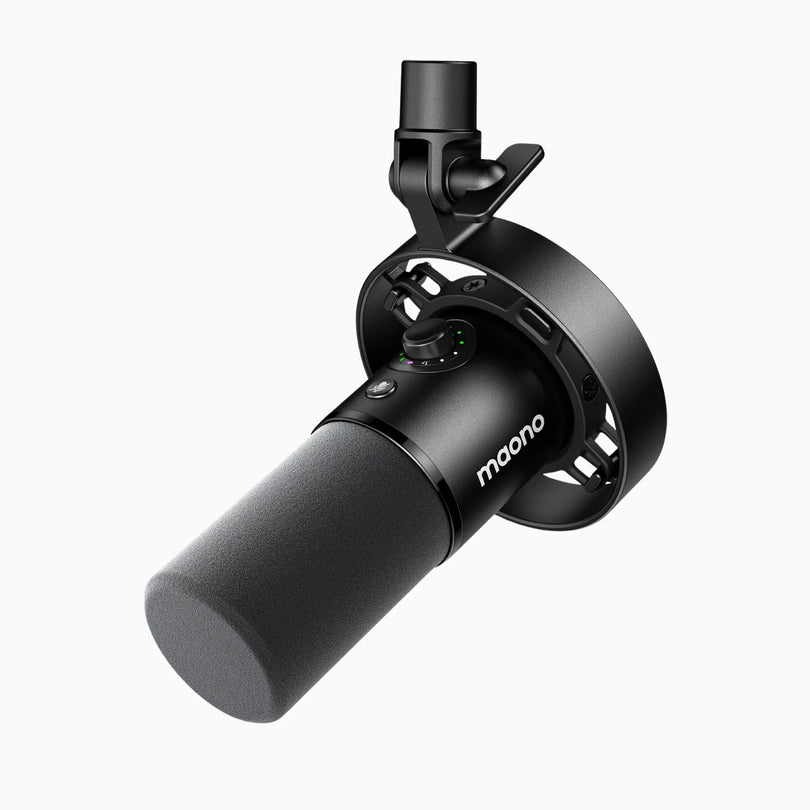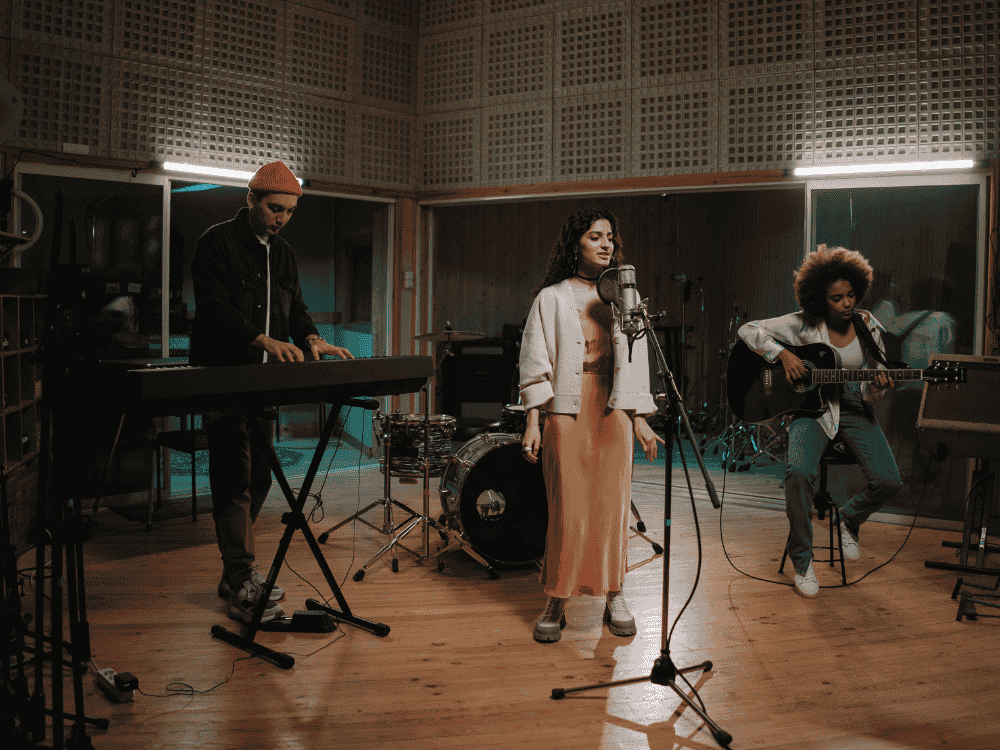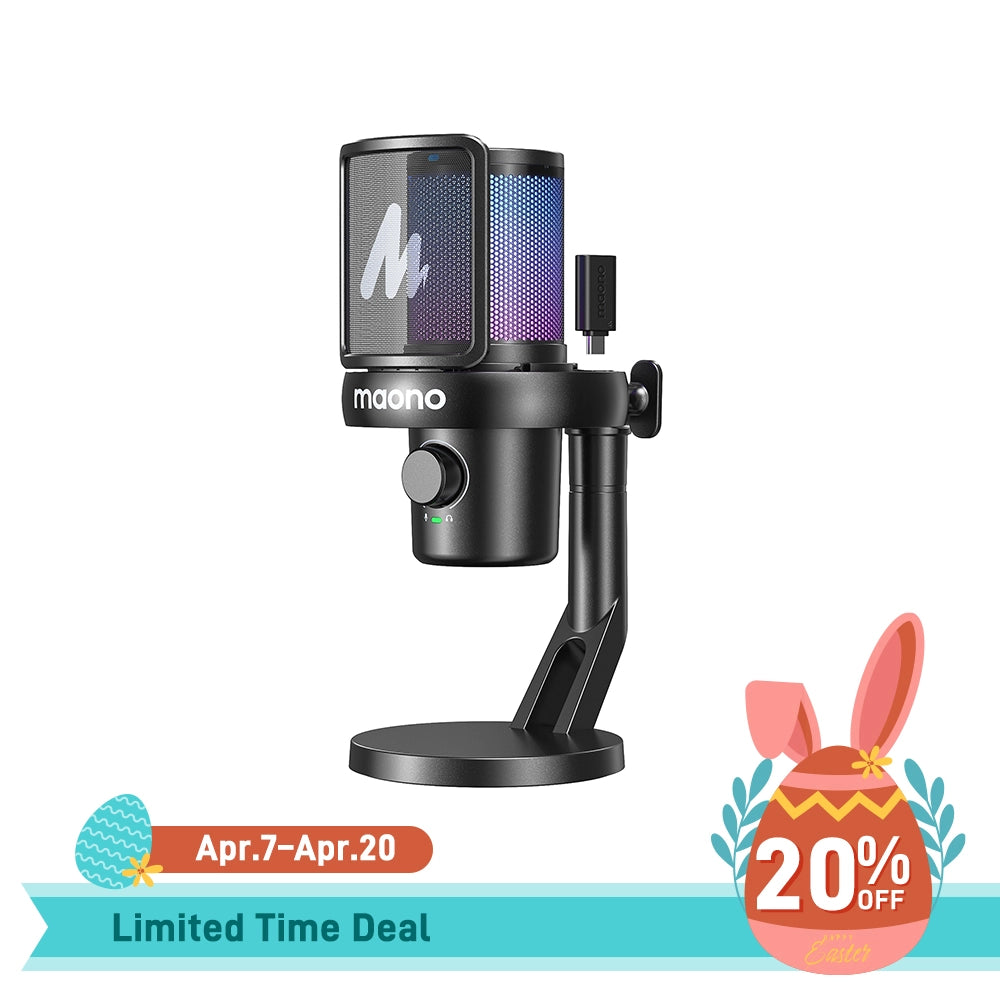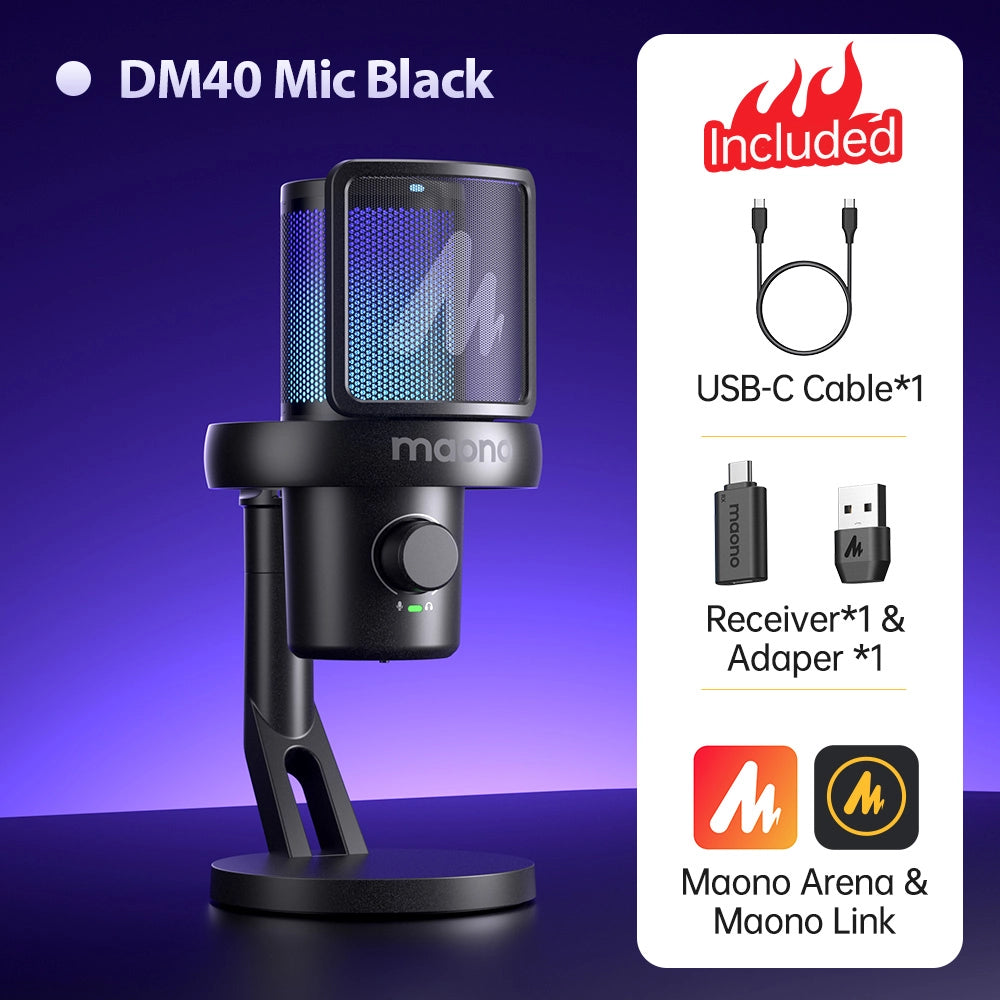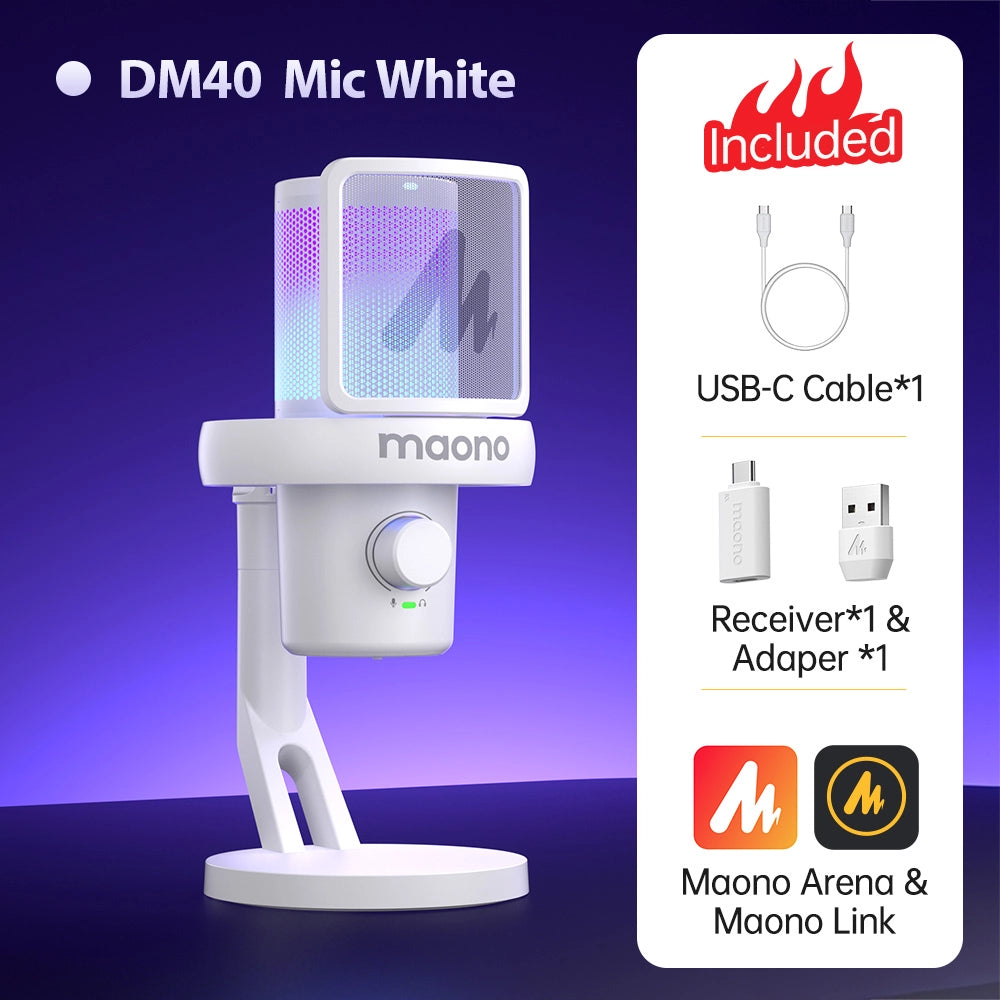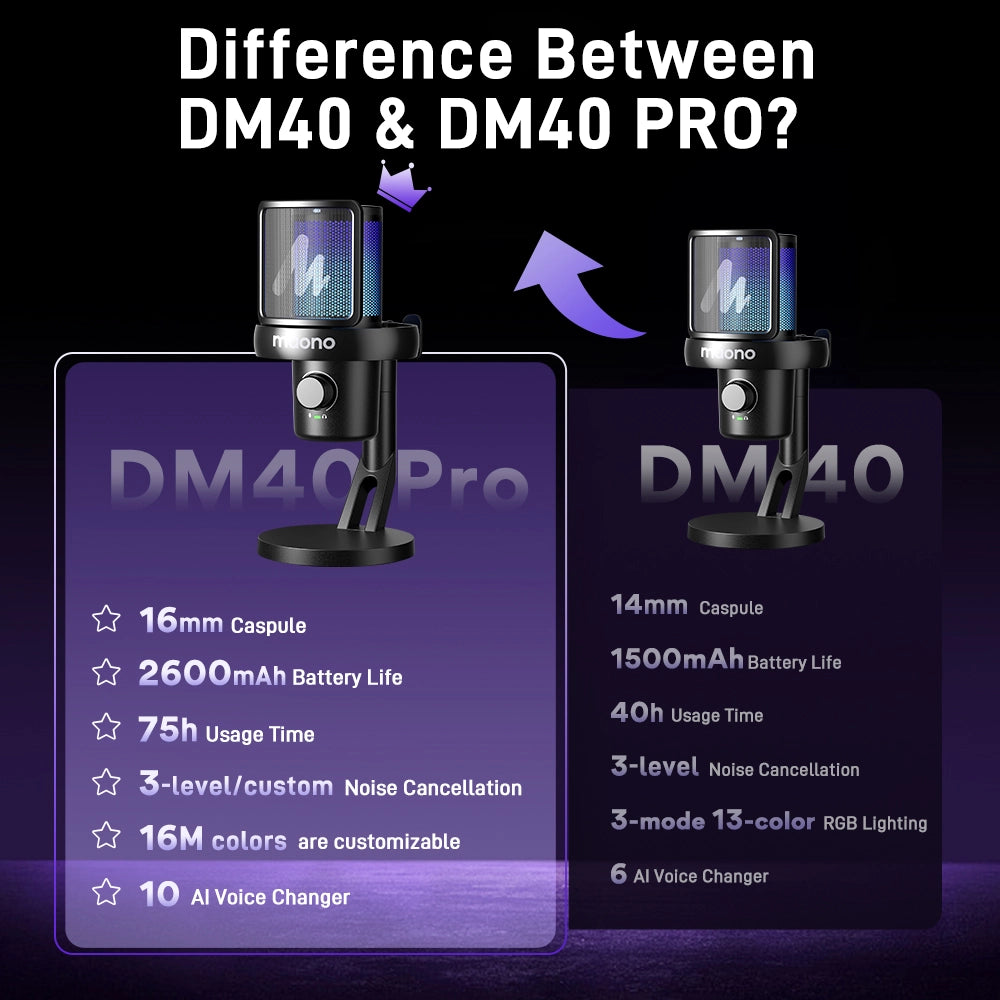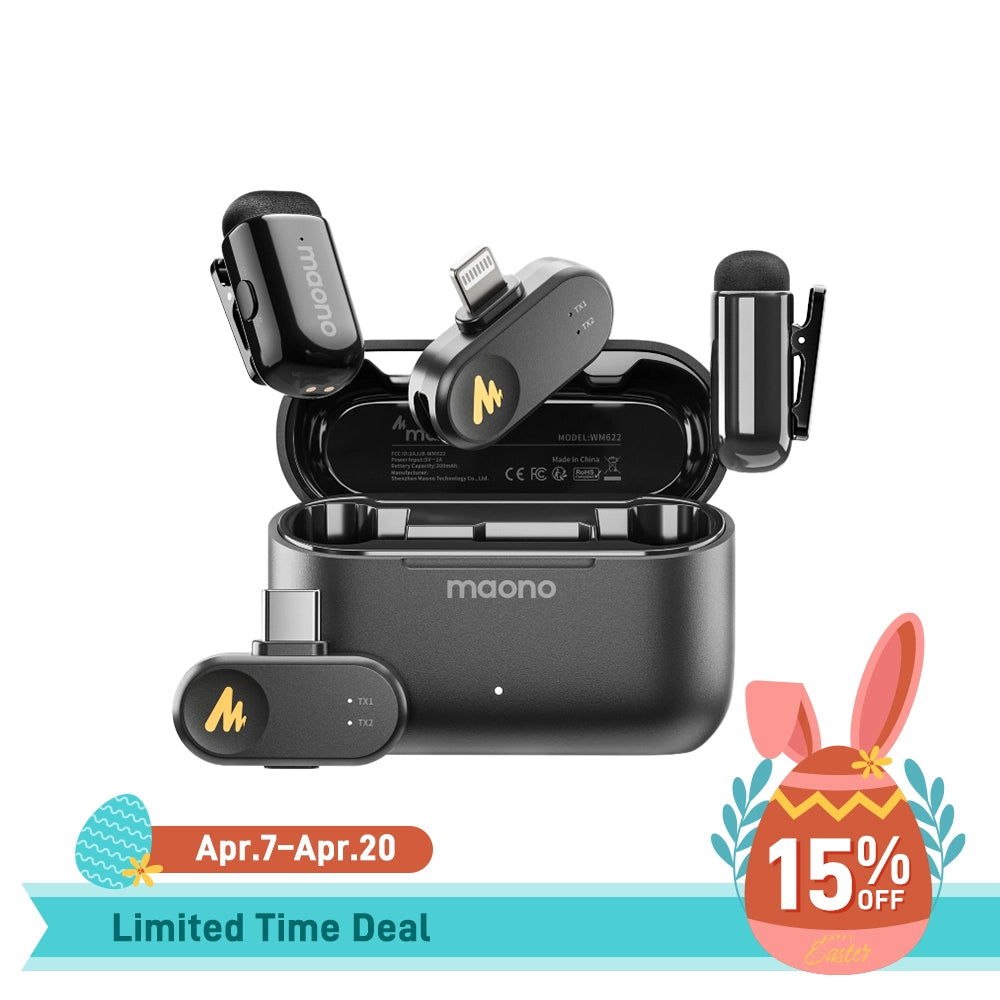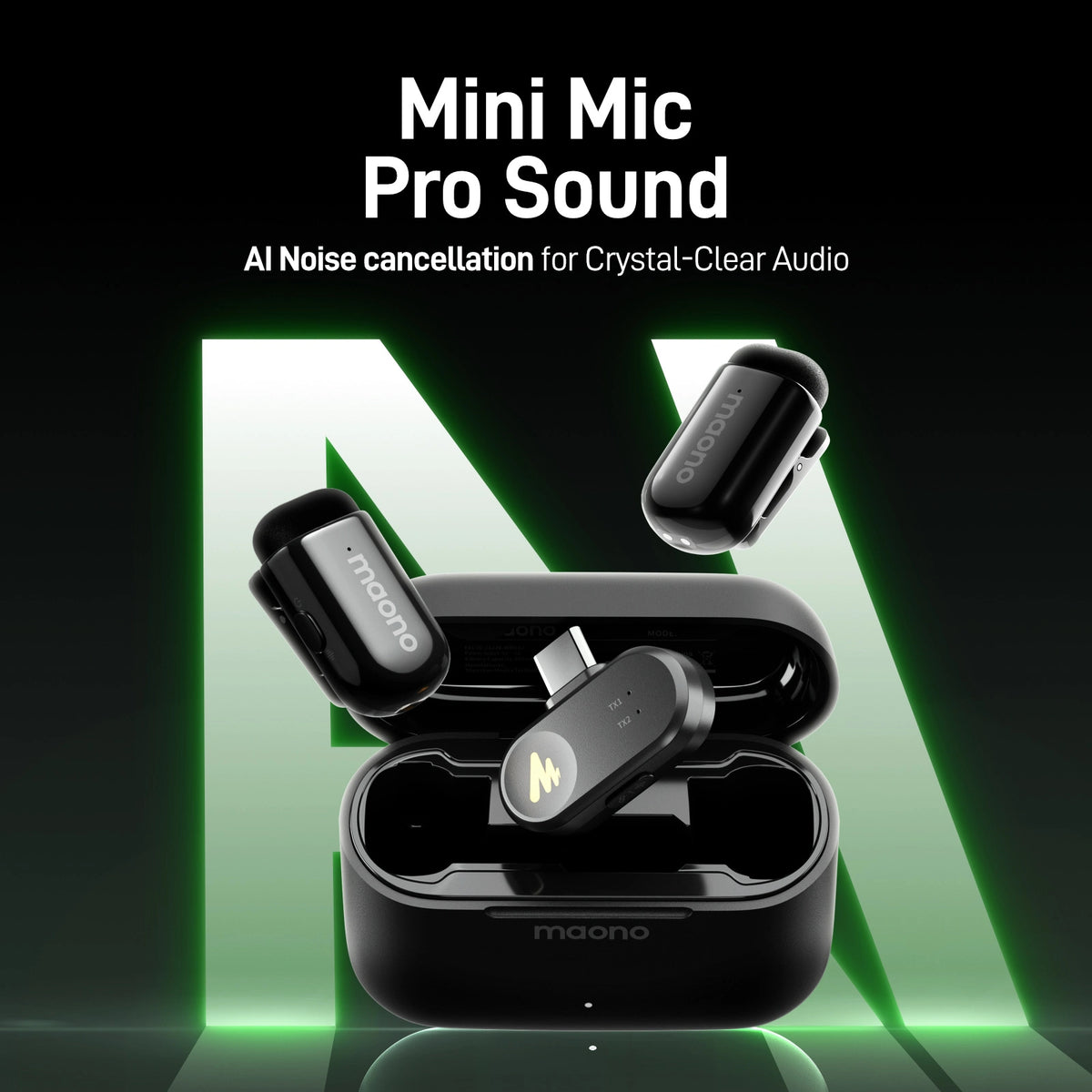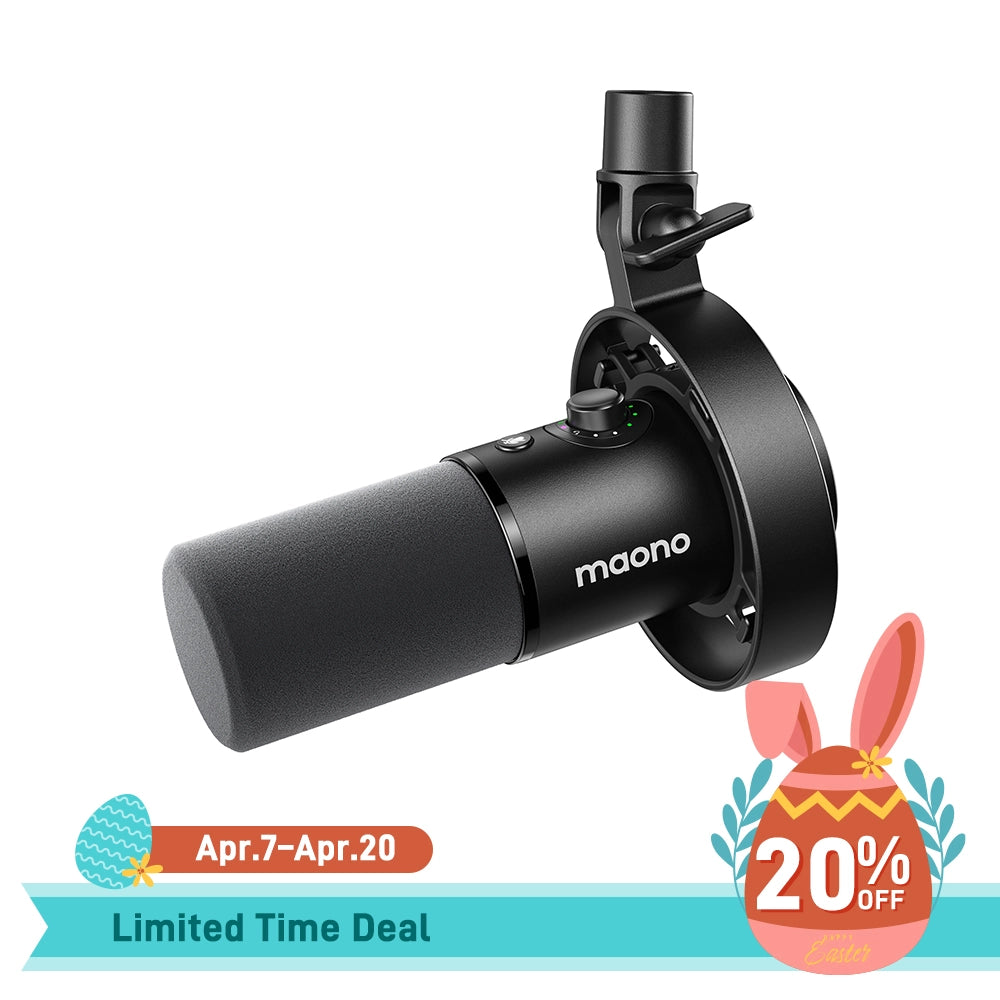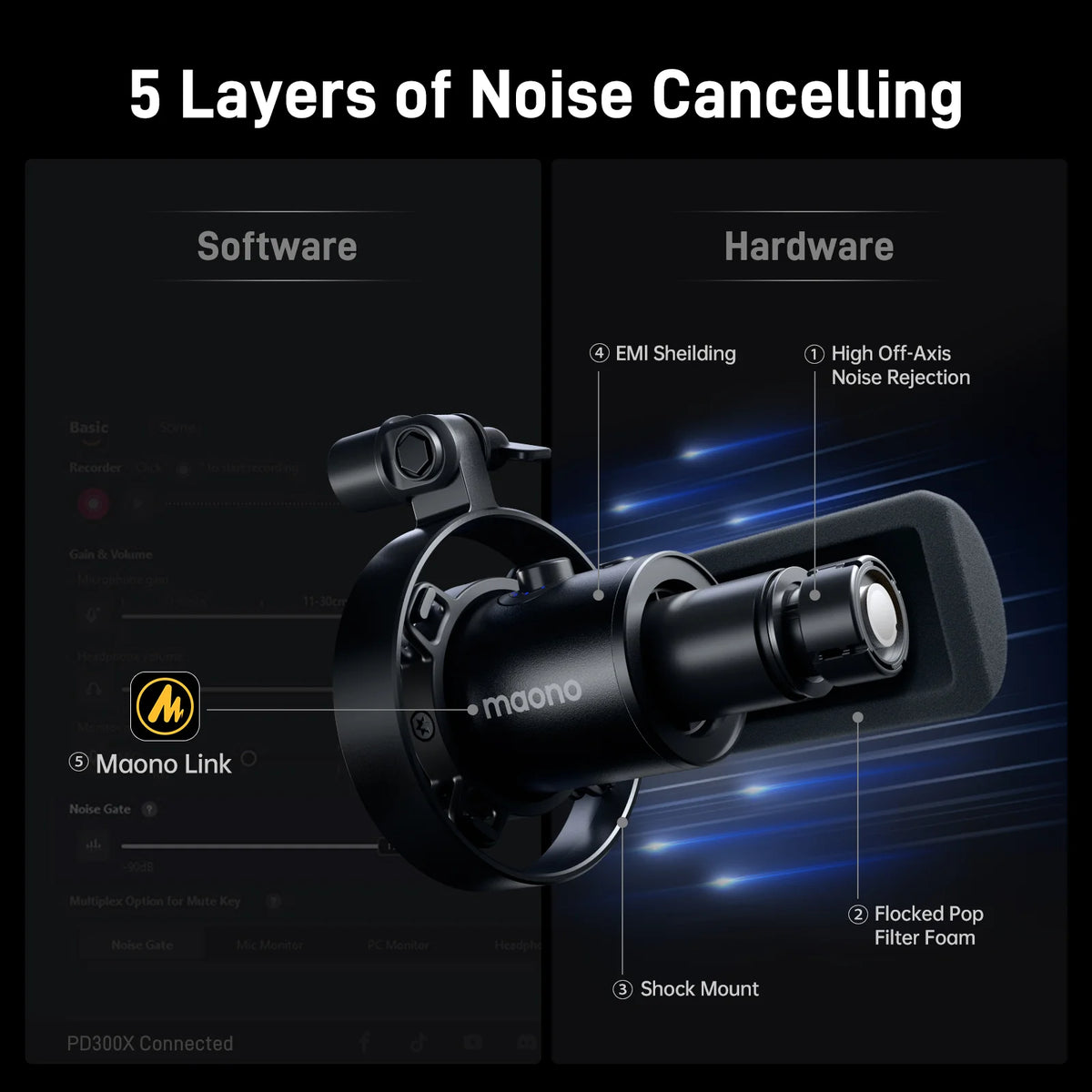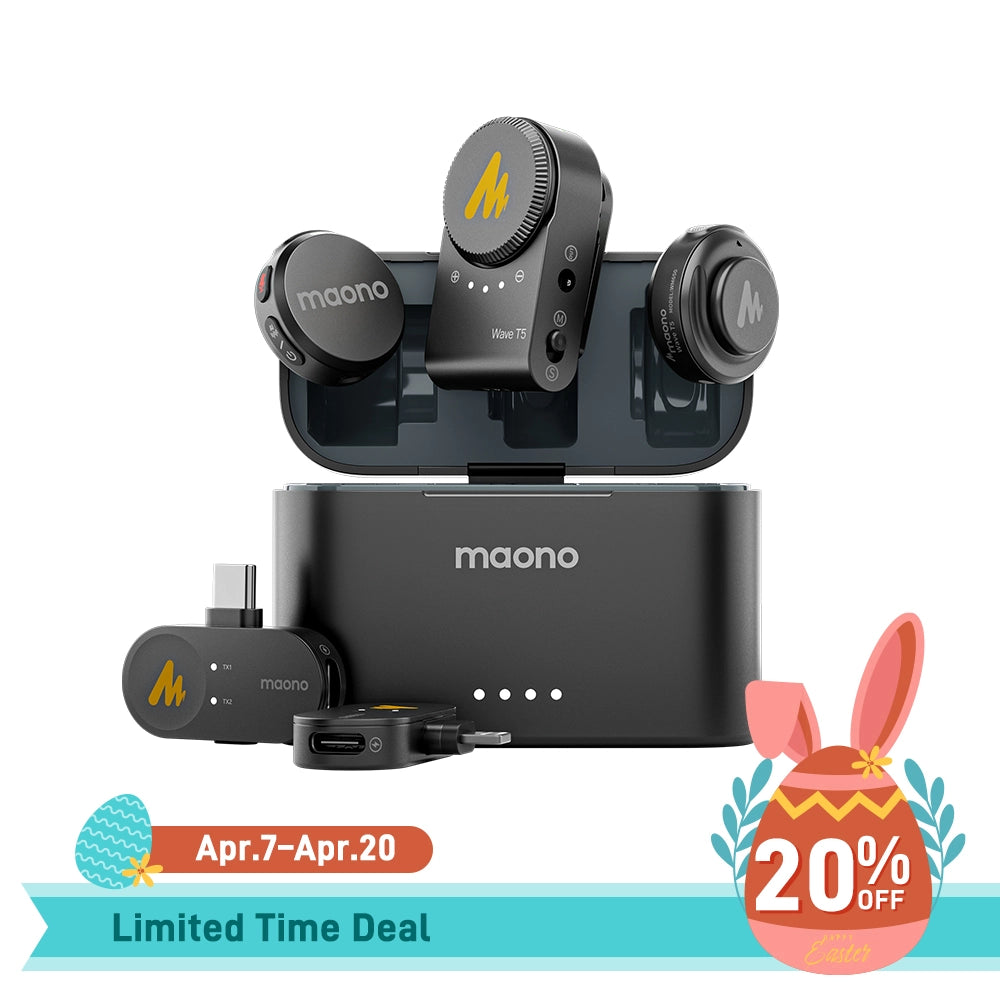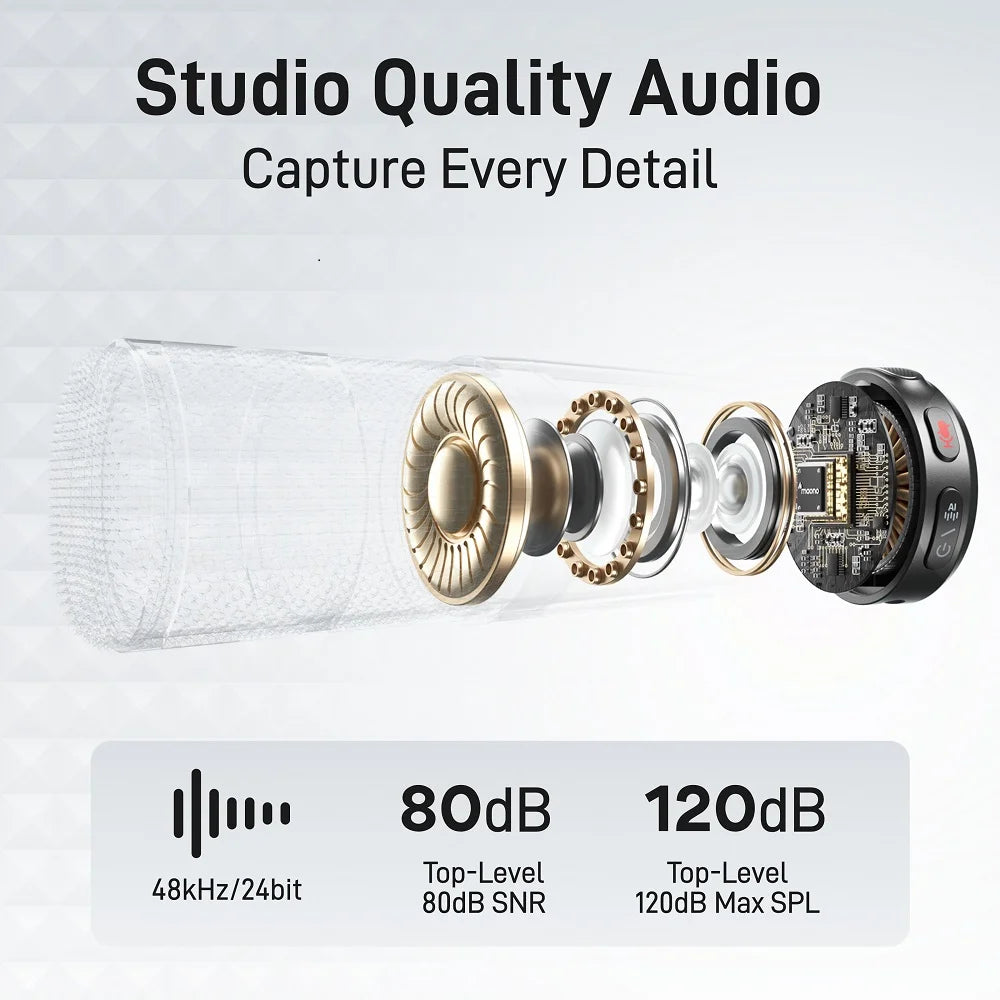It's been a long time since you've seen your childhood friends. You remember that what made you happy when you were kids was when you're playing with music together--singing and jamming after school as if there's no tomorrow.
It's about time to call for a reunion with friends. Chat endlessly, laugh all day, and don't forget that there should be a time for your jam. Remember those days when all you had was a tape cassette recorder or an MP3 (you will understand especially when you're a millennial). Nowadays, fret not, you can record quality audio with a high quality condenser microphone.
Whether you're the vocalist or the pianist, for sure your friends will be amazed if you're all going to party with a condenser microphone for singing at home and jam all you want.
Feeling nostalgic? Maybe spending too much time at work makes you feel disconnected. There’s nothing quite like music to bring people together—and what better way to reconnect with friends than hosting a creative music night right in your living room? Whether your crew loves karaoke, playing instruments, harmonizing on the fly, or simply vibing to acoustic covers, a well-planned music night can be fun, memorable, and surprisingly productive. With just a bit of preparation and the right microphone for singing at home, you can even turn the jam session into a high-quality recording to cherish forever.
In this guide, we’ll walk you through everything you need to plan a music night that’s both entertaining and musically inspiring. From setting up a basic home recording space to picking the perfect singing microphone and capturing group vocals, we’ll help you hit all the right notes.
Essential Home Studio Gear for Casual Singing and Jamming
You don’t need to spend thousands of dollars to create a music-friendly space at home. A casual jam session or group sing-along can sound great with just a few essentials:
-
Condenser microphone (for clear vocals)
-
Audio interface (if using an XLR condenser microphone)
-
Pop filter (to reduce harsh plosives)
-
Mic stand (for stable recording)
-
Basic DAW (Digital Audio Workstation) like Audacity, GarageBand, or BandLab
-
Headphones or monitors (for playback and monitoring)
If you're using a USB condenser microphone, you can skip the audio interface altogether. These plug-and-play singing microphones are perfect for spontaneous recordings and beginner setups.
What’s the Best Way to Set Up a Condenser Mic for Group Singing at Home?
Condenser microphones are extremely sensitive, which makes them perfect for capturing vocals with detail and warmth. For group singing, placement is everything. Here's how to set up effectively:
-
Position the mic centrally, equidistant from each singer. A cardioid microphone for singing like the Maono PM450 works well if everyone can gather around the front of the mic.
-
Set the mic at chest-to-mouth height, depending on your group’s position (standing or sitting).
-
Use a pop filter, especially if you're recording without heavy post-editing.
-
Record in a quiet room with soft furnishings (rugs, curtains, pillows) to absorb sound reflections.
If you're planning harmonies or duets, consider placing the main singer slightly closer to the mic, with backup vocals just a step behind to maintain balance.
Can I Use Just One Condenser Microphone to Record Multiple People Singing?
Yes, you can! In fact, using a single quality microphone for singing can yield beautifully blended vocals when placed correctly. While professional studios use multiple mics to isolate voices, for a group jam or casual home recording, one good singing microphone is often enough.
Here are a few tips for getting the best results:
-
Use a large-diaphragm condenser mic (like the Maono PM500) that captures a wide frequency range.
-
Avoid crowding the mic—keep a semi-circle distance so that no one overpowers the others.
-
Adjust gain levels to avoid distortion. Test the loudest part of the song before recording the full session.
-
Record multiple takes, especially if someone wants a solo or to fix a harmony.
How Do I Reduce Background Noise When Recording a Reunion Jam Session?
The challenge with recording in a lively home environment is minimizing noise from conversations, movement, appliances, and echoes. Here's how to tame the noise:
-
Turn off fans, AC units, and other background electronics.
-
Close windows and doors to keep out traffic and neighborhood noise.
-
Record in a room with soft surfaces—blankets, couches, carpets all help absorb sound.
-
Use directional/cardioid mics that focus on sound from the front, not the sides or back.
-
Ask your group to minimize shuffling or talking while recording.
Bonus tip: If you're recording vocals and instruments simultaneously, try to record vocals and acoustic instruments separately for better clarity during editing.
What Are the Best Condenser Mics for Under $200 for Home Recording?
If you’re looking for budget-friendly microphones for singing during your group music night, two solid picks are the Maono PM450 and Maono PM500.
Maono PM450
-
Type: USB condenser microphone
-
Polar Pattern: Cardioid
-
Frequency Response: 20Hz–20kHz
-
Best For: Singing, podcasting, group vocals
Why It’s Great:
The Maono PM450 is incredibly easy to use—just plug it into your computer and start recording. This microphone for singing at home is well-suited for group jams. Its cardioid pickup pattern helps isolate vocals from background noise, and it comes with a metal pop filter and stand. For under $100, it delivers clarity and warmth that rivals more expensive singing microphones.
Maono PM500
-
Type: XLR large-diaphragm condenser microphone
-
Polar Pattern: Cardioid
-
Frequency Response: 20Hz–20kHz
-
Best For: High-quality home studio recordings
Why It’s Great:
If you already have an audio interface, the Maono PM500 is a studio-grade, professional microphone for singing that’s still affordable. Its build quality and sound reproduction are ideal for serious vocal recording, harmonies, and capturing detail in acoustic instruments. This is the kind of professional microphone singing enthusiasts can count on for excellent results even in a casual setting.
Summary: Both models provide excellent value and are ideal for capturing your friends’ singing, laughter, and musical spark during your jam session.
Can We Record Music Using Just a Phone and a Condenser Microphone?
Absolutely! Many USB condenser microphones—especially USB mics—are compatible with phones using OTG (On-the-Go) adapters or USB-C connections. Here’s how to make it work:
-
Check compatibility: Some microphones for singing, like the Maono PM461TR, are directly compatible with smartphones.
-
Use a USB-C to USB adapter (or Lightning adapter for iPhones).
-
Use a mobile recording app like BandLab, FL Studio Mobile, or even the native voice recorder app.
-
Record in a quiet space, just like with a desktop setup.
While a phone setup might not match studio-level quality, it’s more than enough to capture high-quality vocals and fun group sessions without missing a beat.
How Can We Record a Fun Music Cover During a Friend Reunion?
Recording a music cover with friends is not only creative—it’s a fantastic way to make memories. Here's how to do it:
-
Pick a well-known song that everyone loves and can sing along to.
-
Choose roles—who’s singing lead, backup, playing instruments, or beatboxing.
-
Do a few practice runs, then record 2–3 full takes using your favorite microphone for singing.
-
Use a DAW like Audacity or GarageBand to mix the best parts together.
-
Add fun effects, harmonies, or even a group intro to personalize the track.
-
Export as MP3 or WAV to share with everyone or post on social media.
Pro Tip: Consider shooting a simple video of the session with your phone—sync it with the audio later for a mini music video!
What Are Some Good Songs for a Group of Friends to Sing Together?
Great group songs are usually familiar, fun, and encourage harmonies or participation. Here’s a quick playlist to get your music night started:
-
"Dancing in the Moonlight" – Toploader (cool guitars and epic vocals!)
-
"Hey Jealousy" – Gin Blossoms (Simple guitar chords)
-
"Falling" – Keahiwai (Duet potential, prepare your shaker!)
-
"All I Want" – Toad the Wet Sprocket (Oh my gosh! prepare the beat box or drums and guitars!)
-
"As Long As It Matters" – Gin Blossoms (Classic! lead guitar and bass please turn it up)
-
"Breakfast at Tiffany’s" – Deep Blue Something (Easy to strum and fun to sing with friends)
-
"Till I Hear it From You" – Gin Blossoms (can be your friends theme song, and yes I’m a fan of Gin Blossoms))
-
"Save Tonight" – Eagle Eye Cherry (Go rhythm guitar!)
-
“Fuel” or “Hemorrhage” - Shimmer (just my favorites)
-
"Stranded" – Jennifer Paige (Everyone loves to play this during high school, I don’t know about you)
Don't be afraid to mix in karaoke classics or even original songs. Feel free to choose your own songs if you and your friends like a different genre. The key is to have fun and involve everyone, regardless of skill level. I’m feeling nostalgic myself right now (laugh out loud).
Conclusion
Hosting a creative music night at home is more than just a casual hangout—it’s a chance to laugh, sing, and reconnect through sound. With the right gear like a good singing microphone (hello, Maono PM450 or PM500!), a quiet space, and some planning, you can transform your living room into a cozy home studio. Whether you're harmonizing to a favorite song, capturing a spontaneous jam session, or just enjoying the vibes, a night of music with friends is always worth recording.
So dim the lights, plug in the mic, and let the melodies roll. Check out Maono’s Easter deals and grab your condenser microphones for less!


